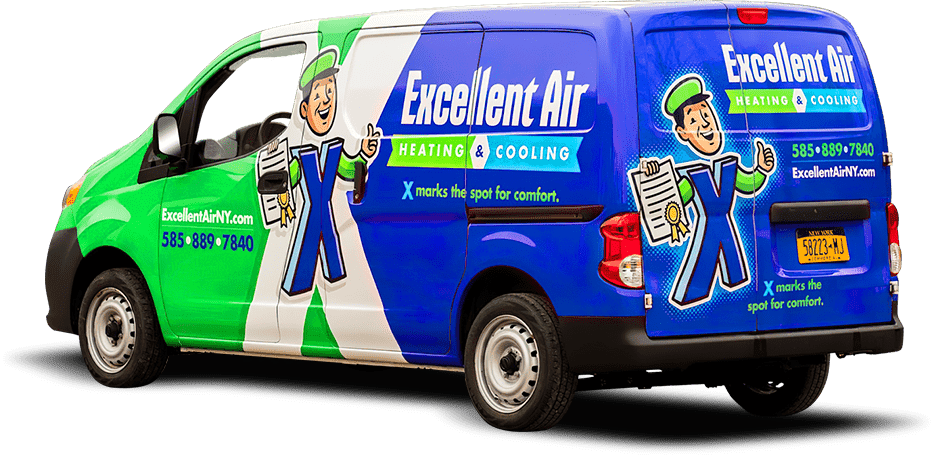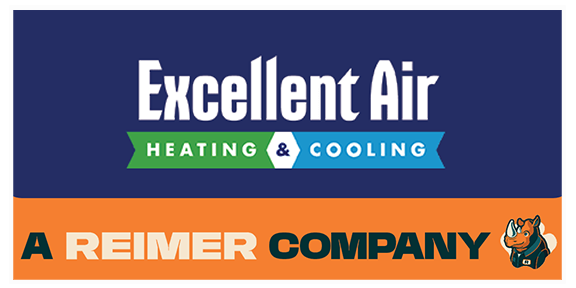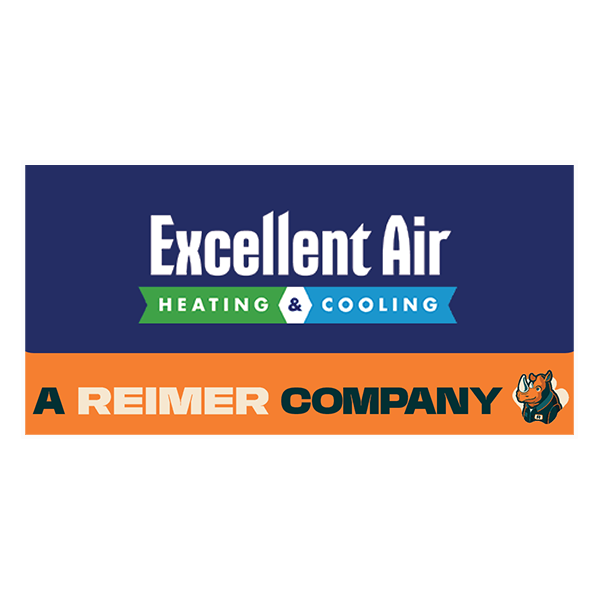
Are you concerned about the quality of the air you breathe in your home? Household air pollution and volatile organic compounds (VOCs) can impact your health and well-being. In this blog, we’ll explore how you can battle these issues to breathe easy in your Rochester, NY, home.
Chapter 1: Understanding Household Air Pollution
Household air pollution is a significant concern that can affect the health and comfort of your home environment. It refers to the presence of contaminants in the air inside your home, which can originate from a variety of sources. Understanding these sources is crucial for effectively combating household air pollution and improving indoor air quality.
Sources of Household Air Pollution:
Cooking:
Cooking activities, especially those that involve high heat or frying, can produce pollutants such as particulate matter, nitrogen dioxide, and carbon monoxide. Gas stoves, in particular, can be a significant source of indoor air pollution if not properly ventilated.
Cleaning Products:
Many household cleaning products contain volatile organic compounds (VOCs) and other chemicals that can contribute to indoor air pollution. These chemicals can be released into the air during use, potentially leading to respiratory issues and other health problems.
Tobacco Smoke:
Smoking indoors can introduce a range of harmful chemicals into the air, including nicotine, tar, and carbon monoxide. Secondhand smoke is especially dangerous and can have serious health effects on individuals, particularly children and non-smoking adults.
Outdoor Pollution:
Outdoor pollutants, such as vehicle emissions, industrial pollutants, and pollen, can enter your home through open windows, doors, and ventilation systems. Once inside, these pollutants can accumulate and contribute to indoor air pollution.
Building Materials and Furnishings:
Some building materials and furnishings, such as certain types of flooring, paint, and furniture, can emit VOCs and other chemicals into the air. Over time, these emissions can contribute to indoor air pollution.
Common Indoor Pollutants:
Carbon Monoxide (CO):
CO is a colorless, odorless gas that can be produced by fuel-burning appliances, such as gas furnaces, stoves, and water heaters. High levels of CO can be harmful and even fatal, making it essential to have proper ventilation and CO detectors in your home.
Radon:
Radon is a naturally occurring radioactive gas that can seep into homes through cracks in the foundation. Prolonged exposure to radon can increase the risk of lung cancer, making it important to test your home for radon levels.
Mold:
Mold thrives in damp, humid environments and can release spores into the air, leading to respiratory issues and allergic reactions in some individuals. Proper moisture control and ventilation can help prevent mold growth in your home.
Allergens:
Common indoor allergens include dust mites, pet dander, pollen, and mold spores. These allergens can trigger allergic reactions and asthma symptoms in sensitive individuals, highlighting the importance of regular cleaning and maintenance to reduce allergen levels in your home.
Understanding the sources and common indoor pollutants of household air pollution is the first step in improving indoor air quality and creating healthier indoor environments for you and your family.
Chapter 2: The Dangers of VOCs Indoors
Volatile organic compounds (VOCs) are a group of chemicals that are emitted as gasses from various solids and liquids. These compounds can have short- and long-term adverse health effects when present in indoor air. Understanding the dangers of indoor volatile organic compounds is crucial for minimizing exposure and protecting your health.
Sources of VOCs:
VOCs are commonly found in many household products, including:
Paints and varnishes
Cleaning supplies
Air fresheners
Pesticides
Building materials (e.g., adhesives, caulks, and sealants)
Furniture and upholstery
Personal care products (e.g., perfumes, hair sprays, and deodorants)
Health Effects of VOC Exposure:
Short-term exposure to VOCs can cause a range of health effects, including:
Irritation of the eyes, nose, and throat
Headaches
Dizziness
Nausea
Fatigue
Long-term exposure to high levels of VOCs can lead to more serious health problems, such as:
Damage to the liver, kidney, or central nervous system
Respiratory issues, including asthma
Increased risk of cancer
Chapter 3: Reducing Household Air Pollution
Reducing household air pollution is essential for maintaining a healthy indoor environment. Identifying and minimizing the sources of pollution can significantly improve indoor air quality and promote better health for you and your family.
- Use Natural Cleaning Products:
Switching to natural or homemade cleaning products can reduce your exposure to harmful chemicals and improve indoor air quality.
- Proper Ventilation:
Ensure your home is properly ventilated by opening windows and using exhaust fans to remove pollutants from indoor air.
- Avoid Smoking Indoors:
Smoking indoors can significantly increase indoor air pollution. Quitting smoking or smoking outdoors can greatly improve indoor air quality.
- Use Air Purifiers:
Air purifiers with HEPA filters can help remove pollutants from the air, including dust, pollen, pet dander, and smoke.
- Regular Maintenance:
Regularly maintain your HVAC system, including changing filters and cleaning ducts, to ensure it is operating efficiently and not contributing to indoor air pollution.
Chapter 4: Strategies for Reducing VOCs
Volatile organic compounds (VOCs) are common indoor air pollutants that can have adverse health effects. To reduce VOCs in your home, consider the following strategies:
1. Choose Low-VOC or VOC-Free Products:
When purchasing paints, varnishes, cleaning products, and other household items, look for products labeled as “low-VOC” or “VOC-free.” These products emit fewer harmful chemicals into the air, improving indoor air quality.
2. Proper Ventilation:
Ensure proper ventilation in your home by opening windows and using exhaust fans when using products that emit VOCs. Ventilation helps to dilute indoor air pollutants and reduce exposure.
3. Follow Manufacturers’ Instructions:
Always follow manufacturers’ instructions when using products that contain VOCs. Use products in well-ventilated areas and avoid using them in enclosed spaces.
4. Use Air Purifiers with Activated Carbon Filters:
Air purifiers equipped with activated carbon filters can help trap VOCs and other chemicals, improving indoor air quality. Place air purifiers in rooms where VOC-emitting products are used frequently for optimal effectiveness.
5. Choose Low-VOC Building Materials:
When renovating or building, choose building materials, furniture, and finishes that emit fewer VOCs. Look for products that are labeled as “low-VOC” or “VOC-free” to minimize indoor air pollution.
6. Store Products Properly:
Store products that contain VOCs, such as paints and solvents, in a well-ventilated area. Keep containers tightly sealed when not in use to prevent VOCs from evaporating into the air.
Chapter 5: Improving Indoor Air Quality
In addition to reducing household air pollution and VOCs, there are other steps you can take to improve indoor air quality. Regularly clean and vacuum your home, maintain your HVAC system, and ensure proper ventilation. Consider adding houseplants, which can help filter the air and improve indoor air quality.
Chapter 6: The Benefits of Professional Indoor Air Quality Services
For a comprehensive approach to improving indoor air quality, consider professional indoor air quality services. A professional technician can assess your home’s air quality, identify sources of pollution, and recommend solutions, such as air purifiers, ventilation systems, and duct cleaning services.
Breathing clean, healthy air is essential for your well-being. By understanding and addressing household air pollution and VOCs, you can create a healthier indoor environment for you and your family. Take action today to improve your indoor air quality and breathe easy in your Rochester, NY, home.
💨Take a Breath of Fresh Air💨
Ready to breathe easier? Contact Excellent Air Heating & Cooling today for professional indoor air quality services in Rochester, NY. We also offer heating and cooling installation, maintenance, and repair. 🌬️ Breathe easy with our expert solutions for cleaner, healthier indoor air!








